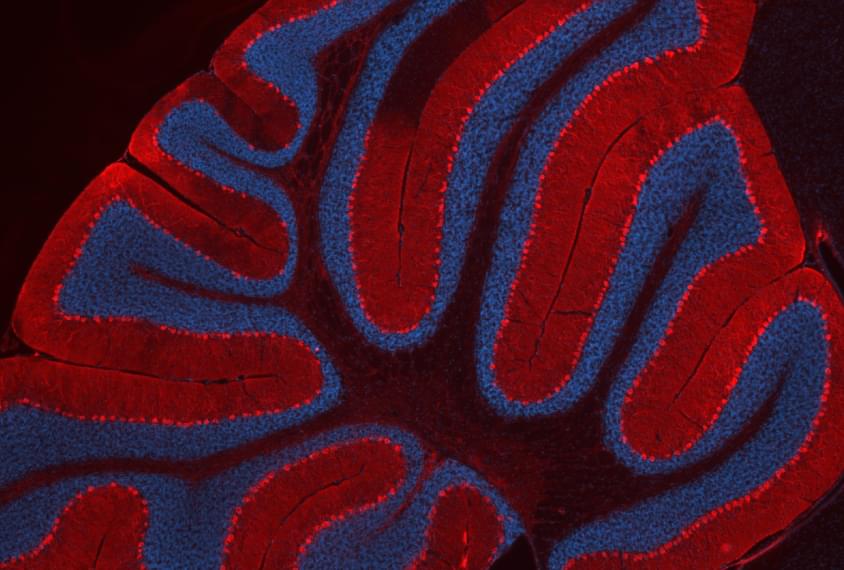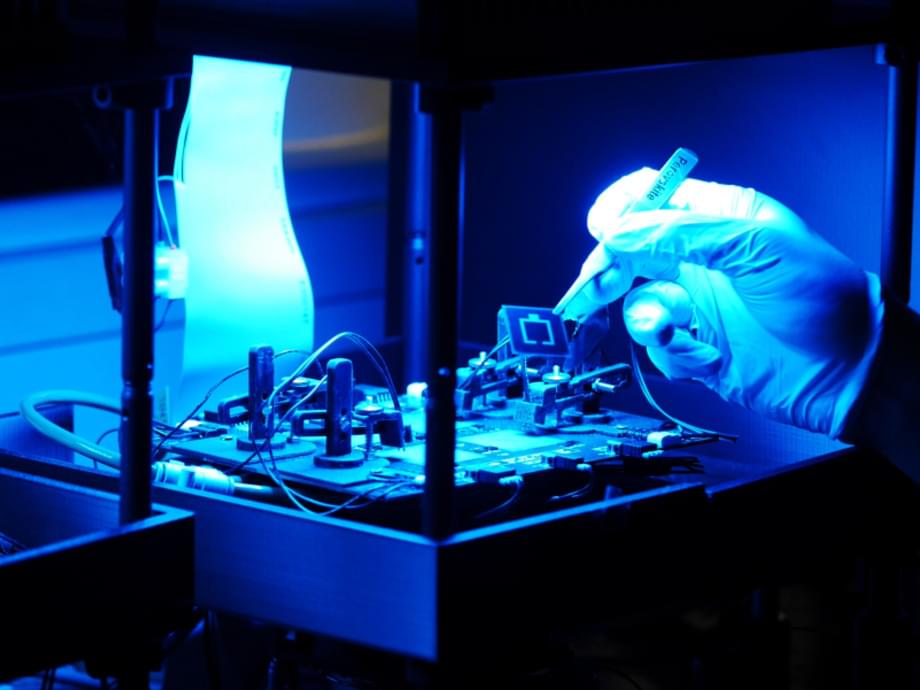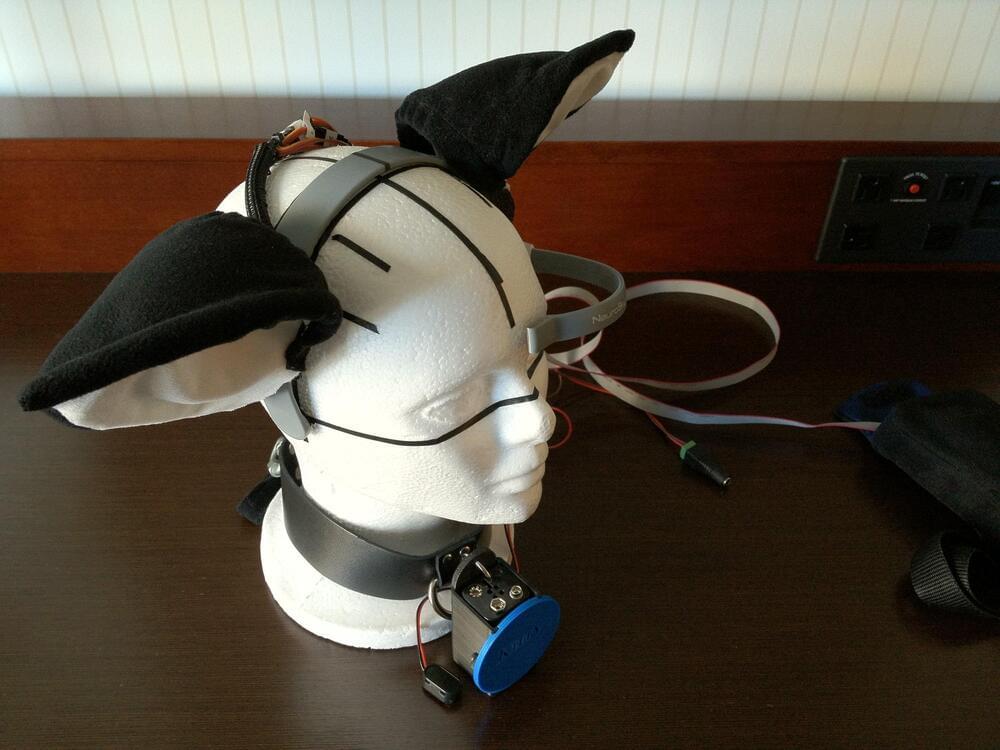Elon Musk sent Starlink satellite Internet service to Ukraine. It seems to be helping.




That’s over double the original expected launch cost.
NASA’s Space Launch System is supposed to ferry astronauts to the Moon, but at an estimated $4.1 billion per launch, it may be doomed before it ever gets off the ground.

Abstract. Most undeciphered lost languages exhibit two characteristics that pose significant decipherment challenges: the scripts are not fully segmented into words; the closest known language is not determined. We propose a decipherment model that handles both of these challenges by building on rich linguistic constraints reflecting consistent patterns in historical sound change. We capture the natural phonological geometry by learning character embeddings based on the International Phonetic Alphabet (IPA). The resulting generative framework jointly models word segmentation and cognate alignment, informed by phonological constraints. We evaluate the model on both deciphered languages (Gothic, Ugaritic) and an undeciphered one (Iberian). The experiments show that incorporating phonetic geometry leads to clear and consistent gains.


Long Studio is a barn-style architects’ studio and home office in Maine, built by and for architecture office 30X40 Design Workshop.
The aluminium-clad studio is located on the grounds of studio founder Eric Reinholdt’s home on Mount Desert Island, off the coast of New England.
30X40 Design Workshop created the simple gabled structure as both a place to work and a practical demonstration of the office’s approach to architecture.


As any cat owner will tell you, a cat’s ears are great indicators of its state of mind: pointed forward if they want your attention, turned backwards if they’re angry, and folded down flat when they’re afraid. Humans sometimes don cat ear headbands as a fashion statement, but sitting motionless those ears are more likely to confuse a cat than to provide any meaningful communication.
[Jazz DiMauro] aims to fill that gap by designing a cat ear headband that actually responds to your emotions. It does so by continuously taking an EEG measurement and extracting the “attention” and “meditation” variables from it. Those values are then applied to a set of servos that allow two-axis motion on each 3D printed ear. The EEG readout device is an off-the-shelf MindWave headset, which outputs its sensor data through Bluetooth. An Arduino then reads out the data and drives the servos.
Turning all this into a usable wearable device was a project on its own: [Jazz] went through several iterations to find a suitable power source and wiring strategy until they settled on a pair of lithium-polymer batteries and a single flat cable. The end result looks comfortable enough to wear, and the ears’ motion looks smooth and natural. All that’s left is to test it with real cats, to find out if they can now finally understand their human’s emotions too.

Senolytics are an emerging class of drugs designed to target zombie-like cells that have stopped dividing and build up in the body as we age, and the past few years have seen some exciting discoveries that demonstrate their potential. Adding another to the list are Mayo Clinic researchers, who have shown that these drugs can protect against aging and its related diseases, by acting on a protein long associated with longevity.
The zombie-like cells involved in this research are known as senescent cells, and their accumulation during aging is associated with a range of diseases. Recent studies have shown that using senolytics to clear them out could serve as new and effective treatments for dementia and diabetes, and also improve health and lifespan more broadly.
The Mayo Clinic team were exploring how senolytics can influence levels of a protein called a-klotho, known to help protect older people from the effects of aging. The role of this protein in the aging process is well established and has placed it at the center of much research in this space, with studies demonstrating how it could help reverse osteoarthritis and regenerate old muscles.